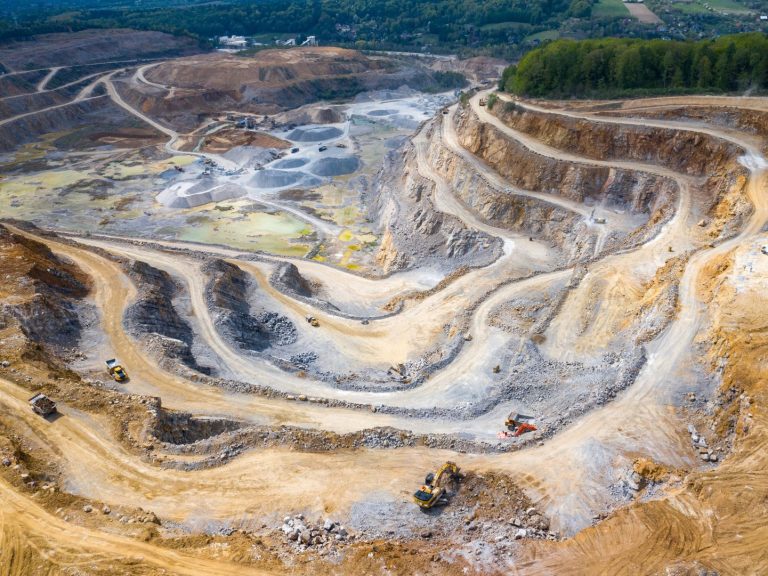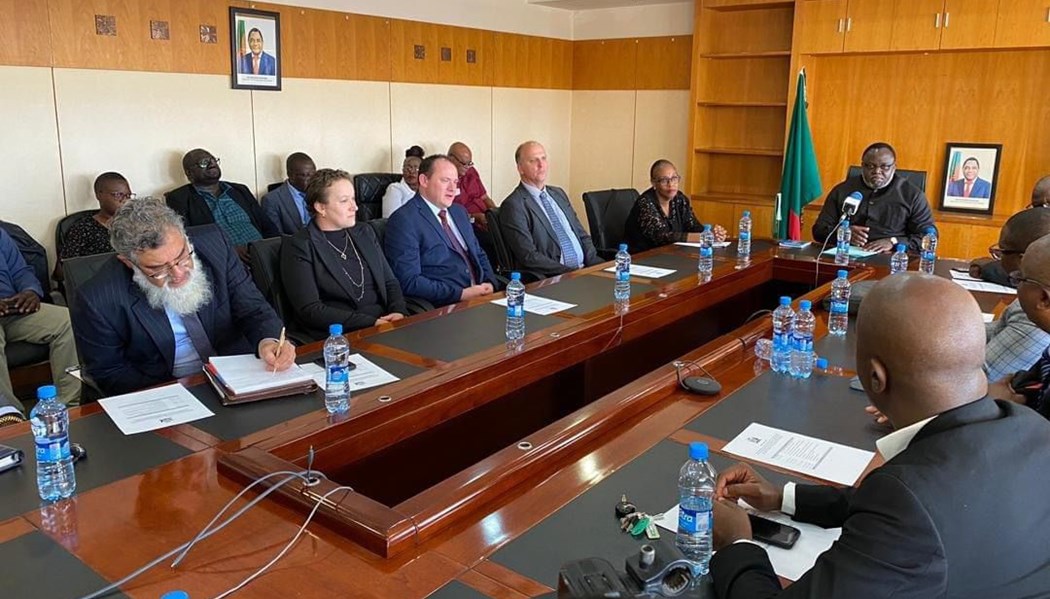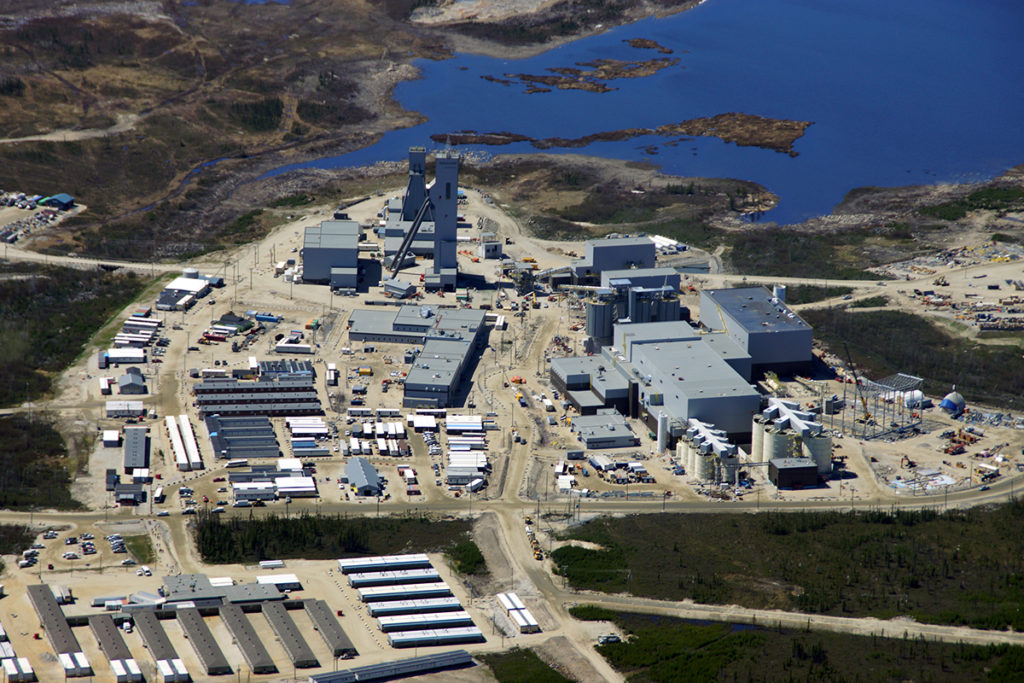Mining Other

Africa faces mounting pressure to scale up mine water solutions

Mine water management has emerged as a critical test for Africa, challenging the continent to balance its industrial mining growth with the imperative of environmental protection and long-term water security. A recent webinar hosted by Water Security Africa and ESI Africa brought this issue to the forefront, highlighting the escalating pressures on shared water catchments. The discussion underscored that the contamination from mining operations is a continent-wide problem, not isolated to any single nation.
A central and persistent threat is Acid Mine Drainage (AMD), especially from abandoned mining sites. Vast volumes of contaminated water are being generated, much of which remains inadequately treated. The experts pointed to a critical gap in addressing this issue: a severe lack of long-term investment, coordinated oversight, and sustainable funding pipelines for comprehensive remediation, despite the well-documented risks to ecosystems, public health, and other downstream industries.
The problem is being intensified by broader environmental and demographic pressures. Population growth, industrial expansion, and climate change are driving increased competition for scarce water resources. This reality necessitates a shift in perspective, moving from viewing mine water purely as a environmental liability to recognizing its potential as a strategic, reusable resource that can support industrial processes and enhance community water supplies.
Innovative technological solutions are key to this paradigm shift. The webinar highlighted emerging technologies that not only improve the efficiency of treating Acid Mine Drainage but also enable the recovery and valorization of by-products. These innovations can help offset treatment costs and support circular economy objectives, creating valuable materials for sectors like manufacturing, chemicals, and construction.
The importance of cooperation was a recurring theme. The discussion emphasized that coordinated rehabilitation efforts, which include partnerships with regulators like South Africa's Department of Water and Sanitation, are beginning to yield scalable and effective models. Success depends on aligning operational responsibilities across the entire mining lifecycle to minimize long-term environmental risks from the outset.
Ultimately, the speakers framed mine water rehabilitation not just as a problem, but as a significant opportunity for African nations. By tackling this challenge, countries can simultaneously secure vital water resources, reduce environmental liabilities, and stimulate sustainable industrial growth. This approach directly contributes to achieving national ESG (Environmental, Social, and Governance) targets and building a more resilient economy.
The path forward, as concluded by the experts, requires a concerted, multi-stakeholder effort. The next phase must be driven by catalytic investment from both public and private sectors, stronger regulatory alignment to ensure accountability, and broader collaboration between the mining industry, manufacturing sectors, and communities to create integrated, catchment-level solutions.












